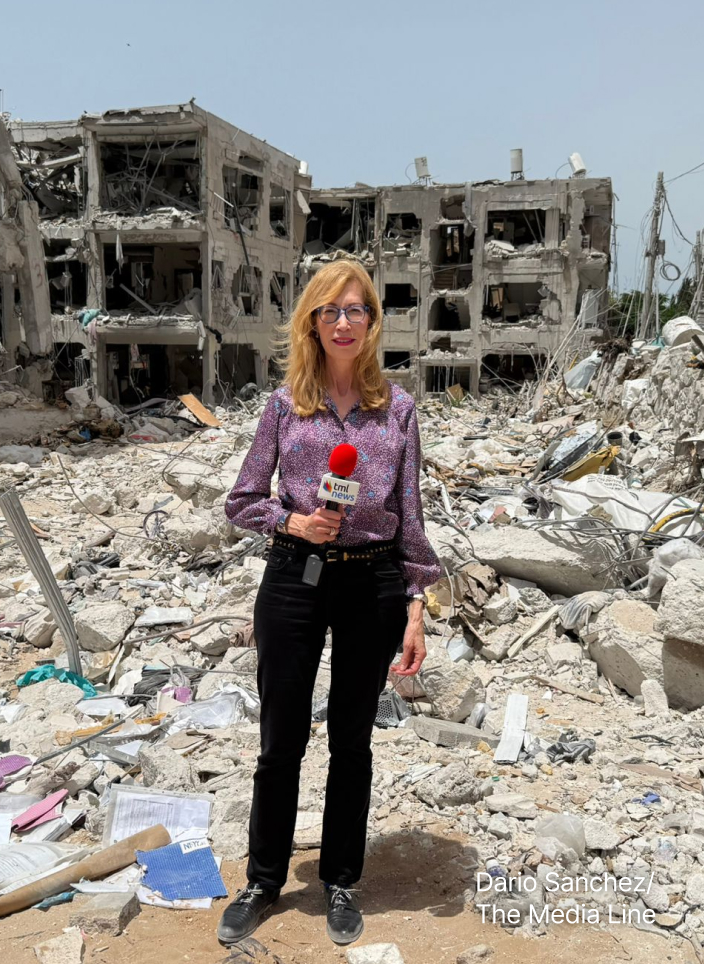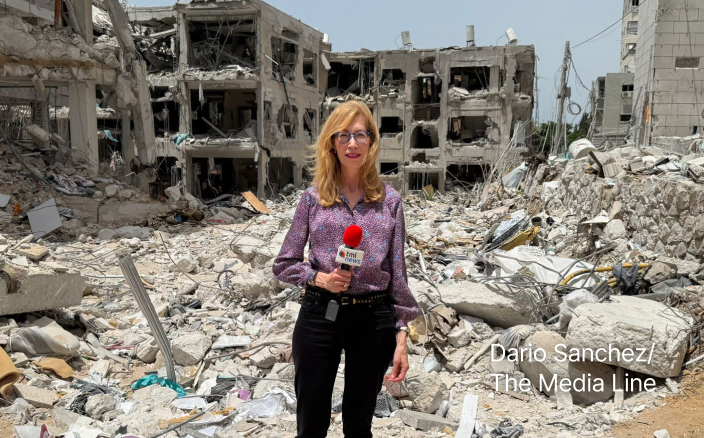Winter storms make humanitarian situation in northern Syria even worse
Syrian refugees who have fled from the northwestern part of the country, particularly Idlib province, must deal with yet another obstacle: inclement weather.
The Levant region experienced heavy rain last week and more is expected in a few days.
According to the UN Office for the Coordination of Humanitarian Affairs, 235,000 Syrians left their homes between December 12 and Christmas, and many of them are stuck on the Turkey-Syria border. President Recep Tayyip Erdoğan in Ankara does not want any more displaced Syrians to enter Turkish territory, which already hosts the largest number of refugees as a result of the neighboring civil conflict.
According to Shadi Martini, director of humanitarian relief and regional relations at the New York-based Multifaith Alliance for Syrian Refugees, the approximately 1 million people who have moved since April of this year to the country’s northern boundary are not familiar with the area’s terrain. Even if they are aware of the topography, characterized by low areas surrounded by mountains, the area has become so crowded that there is not enough space for them to pitch tents in higher areas that are less prone to flooding.
“When it rains, [the flat area] becomes like a reservoir,” he told The Media Line. “Bad weather makes everyday life much worse than it normally is.”
Dr. Ahmad Ghandour, the medical manager of Arrahma Hospital in Idlib province and a humanitarian relief officer, says that the meteorological conditions have left many of these internally displaced persons (IDPs) without a safe place to stay for the second time.
Give the gift of hope
We practice what we preach:
accurate, fearless journalism. But we can't do it alone.
- On the ground in Gaza, Syria, Israel, Egypt, Pakistan, and more
- Our program trained more than 100 journalists
- Calling out fake news and reporting real facts
- On the ground in Gaza, Syria, Israel, Egypt, Pakistan, and more
- Our program trained more than 100 journalists
- Calling out fake news and reporting real facts
Join us.
Support The Media Line. Save democracy.
“The current rainstorm destroyed many tents, flooded many camps and left many residents and children homeless,” he told The Media Line.
Ghandour explained that even before the precipitation, the IDP camps were already in poor condition.
“Most of the current camps lack minimal levels of safety and security and support, and their infrastructure of public utility services, sanitation, and food and health support is weak,” he said.
The downpours have also worsened the wellbeing of the IDPs, particularly the most vulnerable of the population.
“It [has] led to a high rate of pulmonary infections. This threatens the lives of children and badly affects public health,” Ghandour said.
According to Martini, the heating method of choice for many IDPs, which involve warming their tents by burning plastic bags filled with trash, only exacerbates the situation.
“When they inhale the fumes, they get sick,” he said. “They’re cold so their immune systems are not great.”
The rain, however, is just the beginning of the IDPs’ weather-related problems.
Martini explained that there are two different kinds of IDP camps: those that are organized by aid groups (like the UN) and those that are not. The latter are more likely to be impacted by the atmospheric conditions, as there are no places in the surrounding area to seek medical attention or obtain food.
“The unorganized camps are the most vulnerable. Even if these [institutions] want to provide food and medicine, they cannot,” he said. “Medical organizations have mobile units to get to them, but mud makes the roads inaccessible.”
He argues that the international community can best assist Syrians who have been forced to flee by helping bring about a permanent ceasefire to the nation.
“Most of them have homes. They are escaping the fighting in areas that have been anti-[Syrian President Bashar] Assad, so they don’t feel safe going back,” Martini told The Media Line.
Arrahma Hospital manager Dr. Ghandour agrees, adding that the IDPs are worried their new location will be the next area for fighting.
“Civilians fear that violence and shelling will spread to border areas,” he said.

